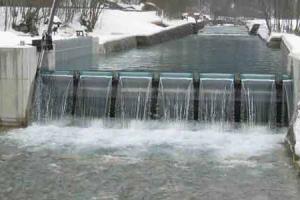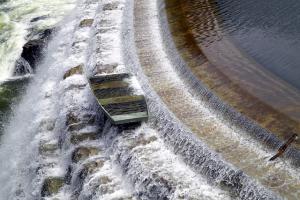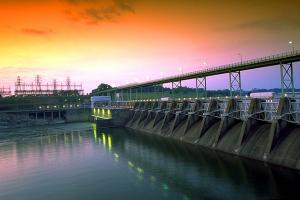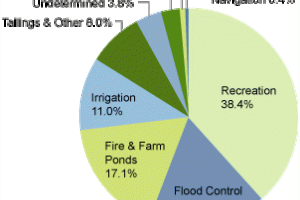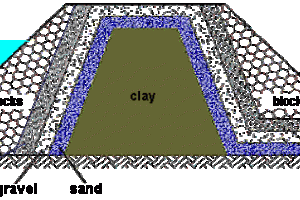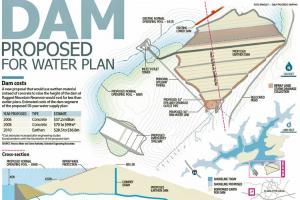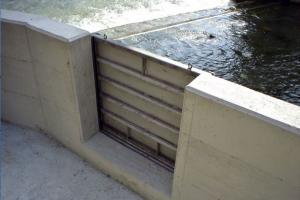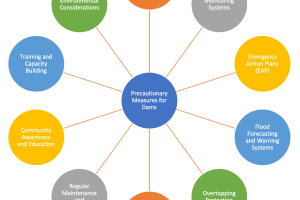Advantages of Micro Hydel Project

Advantages of MicroHydel Projects
A small-scale power plant that generates electricity using the energy potential of water. Micro-hydro power plants convert the energy of flowing water into electrical energy. The energy produced by them is renewable & the process does not emit polluting gasses.
The concept of Sustainable Development relies heavily on the judicious use of natural resources. This in other words means maintaining the fragile balance between resource use and exploitation. But to strike the balance is rather a difficult task, a threshold into consideration, for excessive demands are made on limited resources.
The causes and effects of environmental problems arising from an unbalanced approach and inappropriate technology such as large macro hydro projects, are complex, interlocked, and unmeasured. The impacts - frequently synergistic in nature - could sometimes be irreversible. However, the only solution to these problems is to minimize the impacts: the smaller the project, the lesser the impact. This is where Micro Hydel Projects play an important role. They rarely cause any environmental damage.
Micro hydro-power projects have a number of benefits over other sources of power generation some of them are given below.
Renewable and Clean Energy:
Microhydropower projects utilize the natural flow of water, a renewable energy source. They do not produce greenhouse gas emissions or air pollutants during operation, making them environmentally friendly and contributing to sustainable energy generation.
Reliable and Continuous Power:
Water flow is relatively consistent and predictable, especially in rivers and streams. Microhydropower projects can provide a continuous and reliable power supply, making them suitable for off-grid or remote locations that may have limited access to electricity from the main grid.
Low Operating Costs:
Microhydropower systems generally have low operating costs. Once the initial installation is complete, the fuel (water) is free, and maintenance expenses are typically minimal. This can make microhydropower a cost-effective energy solution, particularly in areas where other fuel sources may be expensive or inaccessible.
Long Lifespan:
Microhydropower systems are known for their longevity and durability. Properly designed and maintained systems can operate for several decades, providing a long-term and reliable source of electricity.
Local Energy Generation and Community Development:
Microhydropower projects can be implemented on a small scale, serving local communities and meeting their energy needs. By generating electricity locally, micro hydropower projects reduce dependence on centralized power grids, promote energy self-sufficiency, and contribute to community development.
Environmental Stewardship:
Compared to large-scale hydro power projects, micro-hydropower installations have a smaller ecological footprint. They typically involve low dam heights, smaller reservoirs (if any), and reduced impacts on aquatic ecosystems and fish migration. Microhydropower projects can be designed with fish-friendly features to minimize disruptions to aquatic life.
Flexibility and Scalability:
Microhydropower projects can be designed and tailored to suit the specific site conditions and energy requirements. They can be implemented in various settings, ranging from remote rural areas to small industrial or commercial operations. Additionally, microhydropower systems can be expanded or upgraded to meet growing energy demands if needed.
Reduced Reliance on Fossil Fuels:
By harnessing the power of water, microhydropower projects contribute to a diversification of energy sources and reduce dependence on fossil fuels. This helps to mitigate the environmental impacts associated with fossil fuel extraction, combustion, and their contribution to climate change.




